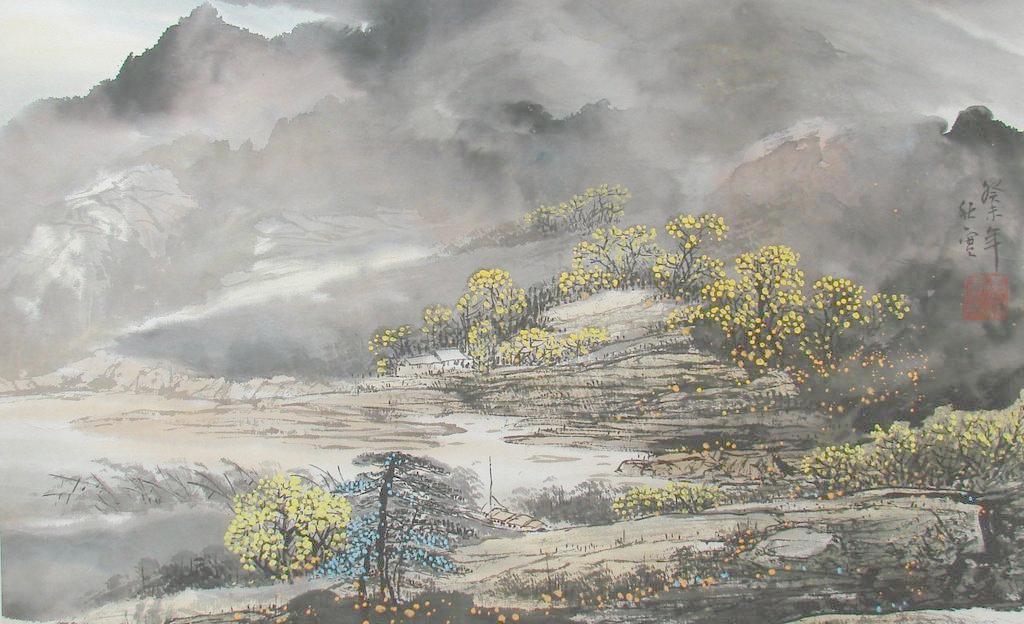
小时候总会迷恋油画的斑斓色彩,而对色彩单调的国画嗤之以鼻,长大之后才发现国画的美好。尤其是仔细欣赏一幅国画的时候,刹那间,你会感觉到世界都安静下来,心灵也得到了洗涤,而国画就是有着这样的魅力!
►请将下面这段中文翻译成英文:
国画(Chinese painting)是世界上最古老的艺术传统之一。绘画时用毛笔蘸黑墨或彩墨在纸张或丝绸上作画。根据表现手法,国画可分为写童派(the Xieyi school)和工笔派(the Gongbi school)两大类。写意派以自 由表达和形式夸张为特点;工笔派则注重以精细的笔法描绘细节。山水画被公认为国画的最高形式。纵观历史,不同时期的国画都相应地反映出人们的社会意识。
►参考译文:
Chinese painting is one of the oldest artistic traditions in the world. The painting is done on paper or silk with a brush dipped in black or colored ink. According to the means of expression, Chinese paintings can be divided into two categories which are the Xieyi school and the Gongbi school. The Xieyi school is characterized by free expression and exaggerated forms, while the Gongbi school attaches importance to detail with fine brush work. Landscape painting is widely regarded as the highest form of Chinese painting. Throughout history, the Chinese paintings paintings at different times mirror people\'s social consciousness accordingly.
►词句点拨
1.第2句为无主语句,翻译时可补充出主语0ne,译作When painting, one uses a brush to dip it in black ink...,但这种译法显得较为繁冗。此处宜把时间状语“绘画时”转换成主句is done,“用毛笔蘸黑墨......”处理成方式状语,用介词短语with a brush dipped in black...来表达,这样句子更简洁、逻辑关系更强。
2.在第3句中,“可分为几大类”可译为短语be divided into...categories;“写意派和工笔派”则可用定语从 句which are...来表达。
3.第4句含有对比的并列结构,可用表对比的连词while来连接。该句中的“注重……描绘细节”译成attach importance to detail即可达意,省译“描绘”;“以精细的笔法”是方式状语,可用介词短语with fine brush work来表达,置于句末。
4.在最后一句中,定语“不同时期的”较长,可将其处理成后置定语,表达为at different times/periods。




为保障账号安全,请设置登录密码